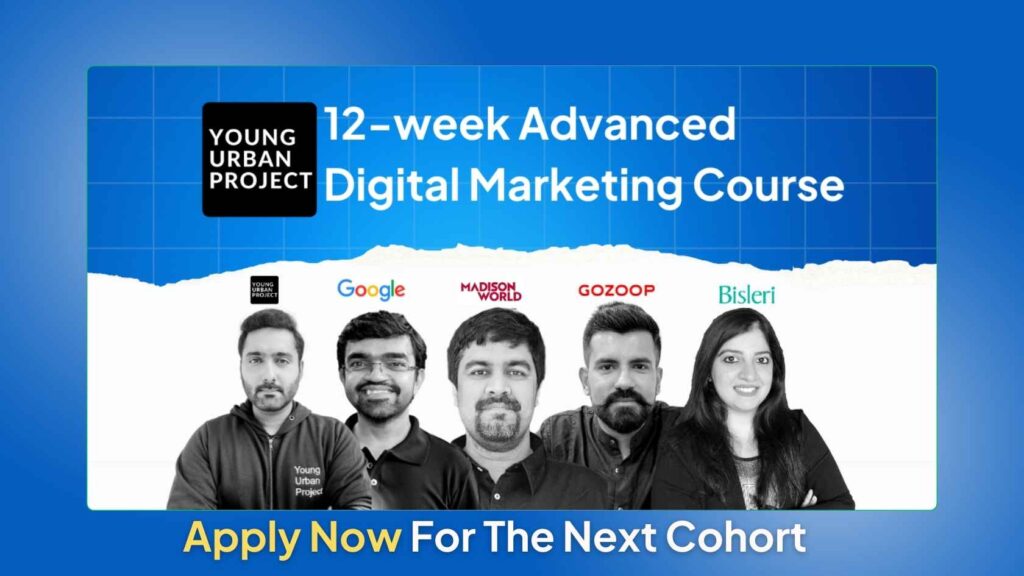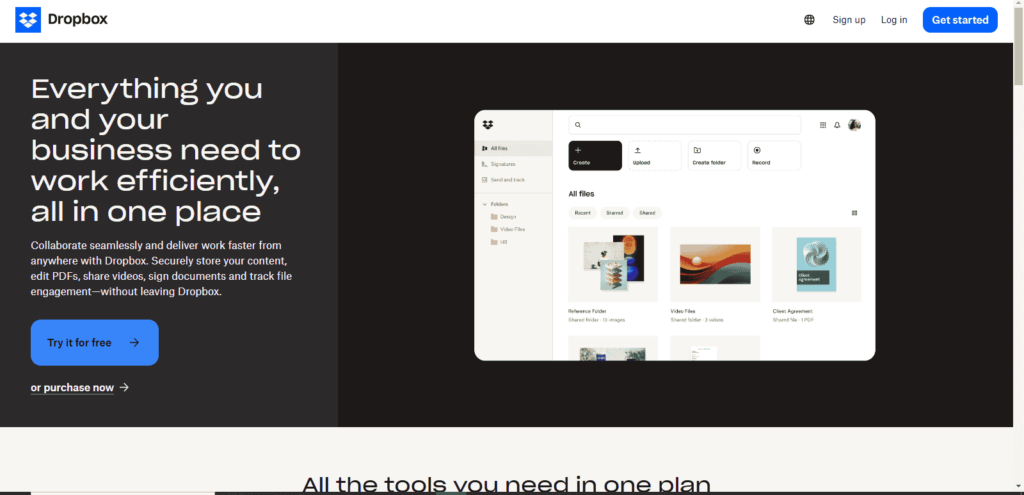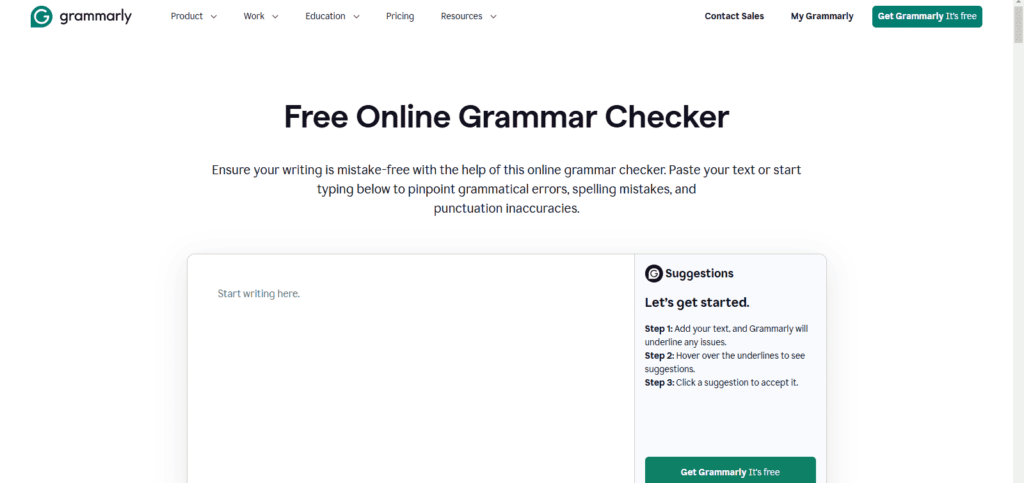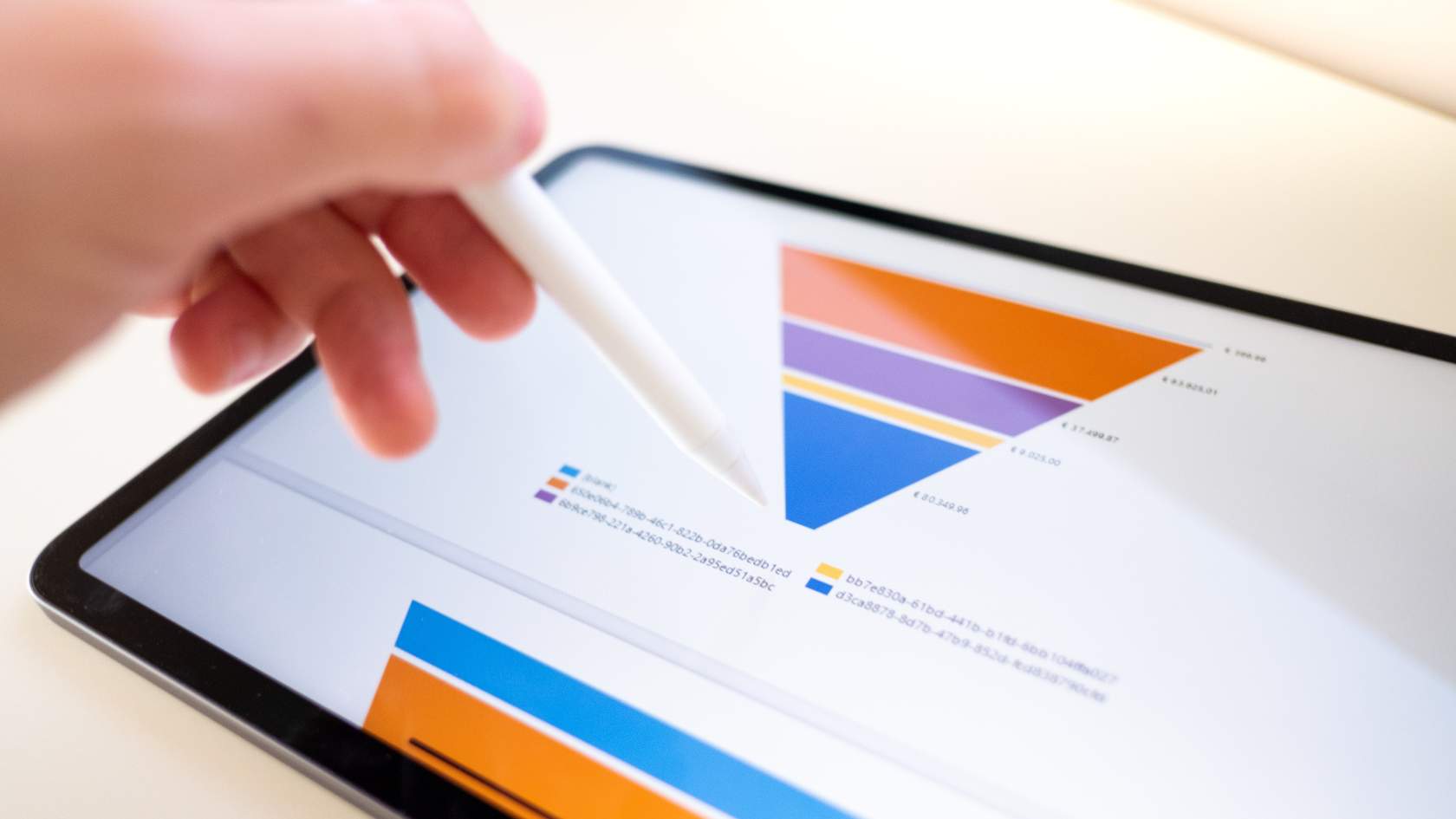Understanding your customer’s journey is critical for driving growth and maximizing revenue. This is where a sales funnel becomes indispensable. But many marketing and sales newbies have a recurring question. “What is a sales funnel exactly? And how is it different from a marketing funnel?” A sales funnel serves as a roadmap that illustrates how potential customers move from discovering your brand to purchasing.
Table of Contents
Whether you’re a small business owner, a marketing professional, or a sales strategist, mastering the concept of sales funnels can revolutionize your approach to lead generation and conversion. By breaking down the customer journey into manageable stages, you can address pain points, optimize touchpoints, and create an experience that converts and builds loyalty.
In this blog, we’ll delve deep into what a sales funnel is, why it matters, and how you can create an effective one to drive better results. We’ll also explore real-world examples, highlight the differences between sales and marketing funnels, and provide actionable tips for building your own. By the end, you’ll understand how sales funnels can transform your business strategy.

What is a Sales Funnel?
A sales funnel is a conceptual model that represents the customer journey from the first interaction with your brand to the final purchase decision. It visually depicts the gradual narrowing of potential customers as they move through different stages, filtering out those who do not make it to the next step.
Imagine pouring water into a funnel—some flow through, but some do not. Similarly, not all prospects convert into customers. The wide opening at the top symbolizes the larger pool of leads at the awareness stage, while the narrow end represents those who complete the desired action, such as purchasing a product or signing up for a service.
Sales funnels provide businesses with critical insights into customer behaviors and allow companies to:
- Identify weak points in their customer journey.
- Optimize marketing and sales strategies to improve conversion rates.
- Forecast future sales and revenue accurately.
Stages of a Sales Funnel
1. Awareness Stage
Objective: At this stage, your goal is to attract potential customers and make them aware of your product or service. They might not know they need a solution yet, but they are encountering a problem or have a need.
What to Do:
- Create valuable content such as blog posts, social media updates, videos, infographics, and podcasts that address common problems or questions.
- Use SEO and paid ads to target specific keywords or demographics to reach new audiences.
- Leverage influencer marketing or social proof to expand your reach and build brand credibility.
- Optimize your website and landing pages to ensure they communicate your value proposition clearly and attract visitors.
2. Discovery Stage
Objective: At this point, prospects know they have a problem and begin searching for potential solutions. They are more engaged and starting to evaluate their options.
What to Do:
- Offer informative resources like eBooks, whitepapers, or webinars that help prospects learn more about how your product or service can solve their problem.
- Use retargeting ads to bring people back to your website after their initial visit.
- Build engagement through social media, email newsletters, or live chat to answer questions and continue building trust.
- Focus on SEO and content marketing to provide solutions to customer pain points, positioning your brand as a thought leader in the industry.
3. Evaluation Stage
Objective: In this phase, potential customers compare your product or service against competitors. They evaluate pricing, features, and other alternatives to determine which option is the best fit.
What to Do:
- Provide case studies and customer testimonials that demonstrate how your solution has worked for others.
- Offer product demos, free trials, or samples to give prospects a first-hand experience with your offering.
- Highlight benefits over features to show how your product solves real-world problems better than competitors.
- Create comparison charts or guides that highlight the strengths of your offering in an easily digestible format.
- Use sales consultations or personalized outreach to address specific concerns and answer in-depth questions.
4. Intent Stage
Objective: Prospects at this stage are close to making a decision. They show intent by taking actions like adding a product to their cart or scheduling a demo. They are evaluating specific options and weighing the final decision.
What to Do:
- Provide limited-time offers or special promotions to create urgency and encourage action.
- Use remarketing strategies to remind prospects about their interest in your product and incentivize them to complete the purchase.
- Send personalized emails that outline why your solution is the best choice for their specific needs.
- Offer free consultations or provide additional resources that further highlight your value proposition.
5. Purchase Stage
Objective: At this stage, customers make the final decision and convert into paying customers. They might need a final nudge to complete the purchase or finalize the transaction.
What to Do:
- Simplify the checkout process to remove friction and make the buying process smooth.
- Provide clear calls to action (CTAs) like “Buy Now,” “Sign Up,” or “Get Started.”
- Offer multiple payment options and ensure a secure, seamless transaction experience.
- Send follow-up emails to confirm the purchase and provide additional product information, encouraging customers to get the most value out of their purchase.
6. Loyalty Stage
Objective: After the purchase, the goal is to turn customers into repeat buyers and brand advocates. Loyal customers can provide valuable referrals and positive reviews.
What to Do:
- Focus on customer support and ensure that your customers are fully satisfied with their purchase. Provide easy access to FAQs, troubleshooting guides, and customer service.
- Implement a loyalty program or rewards to incentivize repeat purchases and referrals.
- Continue engaging with your customers through personalized email campaigns, product updates, and exclusive offers.
- Ask for feedback, encourage reviews, and use these to improve your products and services while showcasing customer stories on your website or social media.
- Build a community around your product, such as social media groups or forums, where customers can share experiences and feel part of a brand family.
How to Build a Sales Funnel
Building a sales funnel is a strategic process that requires a deep understanding of your target audience, clear goals, and a systematic approach to guiding prospects through each stage of their journey. A well-crafted sales funnel not only increases conversions but also enhances customer satisfaction and loyalty. Let’s break down the process into actionable steps:
1. Understand Your Target Audience
The foundation of any successful sales funnel is a thorough understanding of your audience. You need to know who your ideal customers are, what challenges they face, and how your product or service addresses their needs.
Steps to Understand Your Audience
- Conduct Market Research: Use surveys, interviews, and analytics tools to gather insights about your audience’s preferences, behaviors, and pain points.
- Create Buyer Personas: Develop detailed profiles of your ideal customers, including demographics, motivations, and buying habits.
- Analyze Competitors: Study competitors to understand what resonates with their audience and identify gaps in their strategies.
Example
A company selling fitness equipment may find its target audience includes busy professionals aged 25–40 who are interested in maintaining a healthy lifestyle despite a hectic schedule.
2. Define Your Funnel Stages and Goals
Clearly outline each stage of your sales funnel and determine what you want to achieve at each stage. Each step in the funnel should have a specific purpose that aligns with your overall sales and marketing objectives.
Stages to Include
- Awareness: Attracting new leads.
- Interest: Engaging and educating prospects.
- Decision: Encouraging action with compelling offers.
- Action: Closing the sale.
- Retention: Building loyalty for repeat business.
Example Goal
In the awareness stage, your goal might be to generate 1,000 website visits per month through social media ads or blog posts.
3. Create Compelling Content for Each Stage
Content is the lifeblood of a sales funnel. To guide prospects through each stage, you need tailored content that aligns with their needs and questions at that particular point in their journey.
Content for Each Stage
- Awareness: Blog posts, social media ads, and videos that highlight problems your product solves.
- Interest: Case studies, webinars, and email campaigns that provide in-depth information.
- Decision: Testimonials, product demos, and special offers to build trust and encourage commitment.
- Action: Clear calls-to-action (CTAs) and a seamless checkout process.
- Retention: Personalized emails, loyalty programs, and exclusive discounts.
Example
For a SaaS company, blog posts like “Top 5 Time Management Tools for Teams” can attract new leads, while a free trial offer engages them in the decision stage.

4. Drive Traffic to Your Funnel
Once your content is ready, you need to attract prospects to your funnel. Select platforms where your target audience engages the most.
Traffic Generation Tactics
- Search Engine Optimization (SEO): Optimize your website and blog content to rank for relevant keywords.
- Pay-Per-Click (PPC) Ads: Use Google Ads or social media advertising to drive immediate traffic.
- Social Media Marketing: Engage with your audience on platforms like Instagram, LinkedIn, or Facebook.
- Email Marketing: Use email campaigns to nurture existing leads and keep them engaged.
- Collaborations: Collaborate with influencers or industry leaders to broaden your audience.
Example
An online clothing retailer might use Instagram ads featuring influencers to direct traffic to their product pages.
5. Capture Leads with a Lead Magnet
A lead magnet is a valuable offer provided to potential customers in return for their contact details. It’s a critical step in converting visitors into leads.
Examples of Lead Magnets
- Free trials or product samples.
- Discounts or coupons.
- Webinars or live demos.
Best Practices
- Ensure the lead magnet solves a real problem for your audience.
- Keep the opt-in process simple to reduce friction.
- Use attention-grabbing CTAs to promote your lead magnet.
Example
A skincare brand might offer a free skincare routine planner in exchange for a customer’s email address.
6. Nurture Leads with Automated Follow-Ups
Once you’ve captured leads, it’s essential to nurture them with regular, personalized communication that builds trust and moves them toward a decision.
Tools and Strategies
- Email Campaigns: Send educational emails that highlight the benefits of your products or services.
- Retargeting Ads: Use Facebook or Google Ads to re-engage visitors who leave your website without taking action.
- Educational Content: Share blog posts, tutorials, or FAQs to answer common questions.
Example
An online course provider might send a series of emails explaining the unique features of their courses and sharing testimonials from successful students.
7. Encourage Conversions with Persuasive CTAs
The transition from the decision to the action stage hinges on a clear and compelling call-to-action (CTA). This is where you guide prospects to take the final step, whether it’s making a purchase, signing up, or booking a demo.
Tips for Effective CTAs
- Create urgency with phrases like “Limited-Time Offer.”
- Place CTAs strategically on landing pages, emails, and product pages.
Example
A travel agency could use a CTA such as “Plan Your Perfect Getaway Today – Enjoy 20% Off This Week!”
8. Optimize and Refine Your Funnel
A sales funnel is not a one-and-done process. Regular analysis and optimization are essential for improving its performance.
Steps to Optimize
- Analyze Metrics: Monitor conversion rates, bounce rates, and engagement levels at each stage.
- A/B Testing: Experiment with different headlines, CTAs, and offers to see what resonates best.
- Customer Feedback: Gather insights from customers to identify areas for improvement.
Example
If data shows a high drop-off rate during the interest stage, you could test more engaging email content or add an explainer video to your landing page.
9. Focus on Retention and Loyalty
The customer journey doesn’t end with a purchase. Building long-term relationships with customers ensures repeat business and referrals.
Retention Strategies
- Offer loyalty rewards and discounts for repeat purchases.
- Engage customers through personalized emails and updates.
- Provide excellent post-purchase support.
Example
An e-commerce brand might offer returning customers an exclusive 10% discount and early access to new products.
Sales funnel examples
Dropbox

Dropbox has built a highly effective sales funnel that attracts free users and converts them into paying customers. By combining strategic content, a freemium model, and targeted follow-ups, Dropbox ensures a seamless experience for users at each funnel stage. Let’s explore how Dropbox drives growth and conversions.
1. Awareness
How: Dropbox uses word-of-mouth and SEO to build awareness. Happy users share experiences, and SEO captures the attention of people searching for cloud storage.
2. Discovery
How: The landing page is simple and highlights key benefits, encouraging visitors to sign up quickly and explore the platform.
3. Evaluation
How: Dropbox offers a freemium model, allowing users to try core features without payment, making it easy to evaluate the service.
4. Intent
How: Users are prompted to upgrade once they need more features or storage, nudging them toward a paid plan.
5. Purchase
How: The referral program incentivizes users to invite others, driving new sign-ups and paid conversions.
6. Loyalty
How: Dropbox maintains loyalty through seamless integration across devices and consistent performance, ensuring users stay satisfied and continue using the service.
Grammarly

Grammarly, the popular writing assistant tool, has built a highly effective sales funnel that guides users through every stage—from awareness to conversion and retention. By offering both a free version and premium paid plans, Grammarly uses a combination of content marketing, targeted messaging, and strategic offers to maximize user engagement and conversions.
1. Awareness
How: Grammarly attracts leads through content marketing and SEO. Their blog offers valuable writing tips and grammar guides, driving organic traffic and capturing users searching for writing help.
2. Discovery
How: Visitors land on a user-friendly website with a clear value proposition, outlining Grammarly’s benefits and encouraging sign-ups.
3. Evaluation
How: Grammarly’s freemium model lets users experience basic writing corrections for free, making it easy to evaluate the tool’s value.
4. Intent
How: As users recognize Grammarly’s value, they’re prompted to upgrade to the premium version for more advanced features. The upgrade pitch is integrated seamlessly into the user experience.
5. Purchase
How: Users are encouraged to expand their use of Grammarly via browser extensions and integrations, making the tool convenient to use across platforms and driving conversions.
6. Loyalty
How: Grammarly fosters retention with personalized insights and weekly reports, keeping users engaged and encouraging long-term usage.
Sales Funnel vs Marketing Funnel
The terms sales funnel and marketing funnel are often used interchangeably, but they refer to distinct processes in the customer journey. While both funnels aim to guide prospects toward conversion, they focus on different aspects of the journey. Here’s a breakdown of their differences:
| Aspect | Sales Funnel | Marketing Funnel |
| Purpose | Convert leads into paying customers | Attract and nurture leads, build awareness |
| Focus | Closing the sale | Building interest and educating prospects |
| Stages | Awareness, discovery, evaluation, intent, purchase, loyalty | Awareness, consideration, conversion, loyalty |
| Lead Responsibility | The sales team manages leads and converts them. | The marketing team generates and nurtures leads. |
| Content | Sales-driven content (demos, case studies, offers). | Educational content (blogs, videos, lead magnets). |
| Timeframe | Shorter, focused on immediate conversion. | Longer, focused on nurturing over time. |
| Metrics | Close rate, conversion rate, and sales cycle length. | The sales team manages leads and converts them. |
Wrapping up
A well-designed sales funnel is the backbone of any successful business strategy. By understanding its stages, importance, and differences from the marketing funnel, you can optimize your approach and maximize results. Start building your sales funnel today to create a seamless customer journey and boost your bottom line.
FAQs: What is a sales funnel?
1. What is the purpose of a sales funnel?
A sales funnel guides prospects through a structured journey, increasing the likelihood of conversion and ensuring a consistent approach to sales and marketing.
2. How do you measure the effectiveness of a sales funnel?
Track metrics like lead-to-customer conversion rates, customer acquisition costs, and time spent at each stage of the funnel.
3. Can a sales funnel help with upselling?
Yes, a well-optimized funnel can include strategies for upselling and cross-selling at the action stage or during post-purchase engagement.
4. Are sales funnels relevant for B2B companies?
Absolutely! B2B companies use sales funnels to guide leads through a more complex decision-making process, often involving demos and multiple stakeholders.
5. What tools are best for managing a sales funnel?
HubSpot, ClickFunnels, ActiveCampaign, and Salesforce are popular tools that help businesses automate and optimize their sales funnels.

